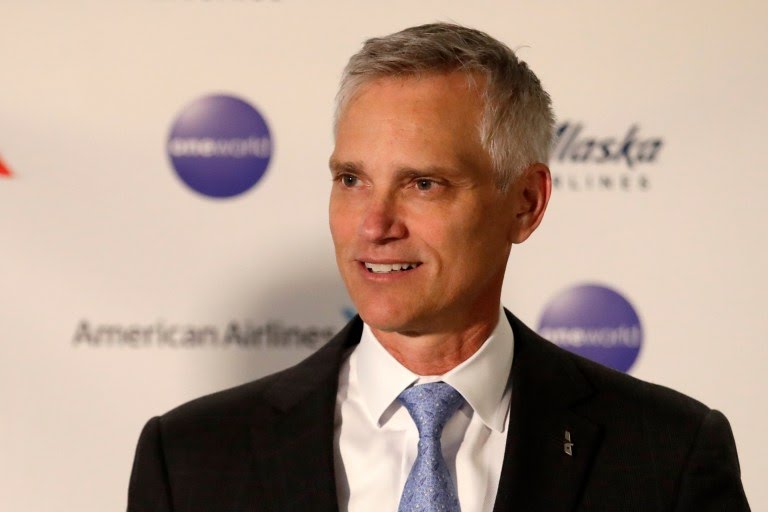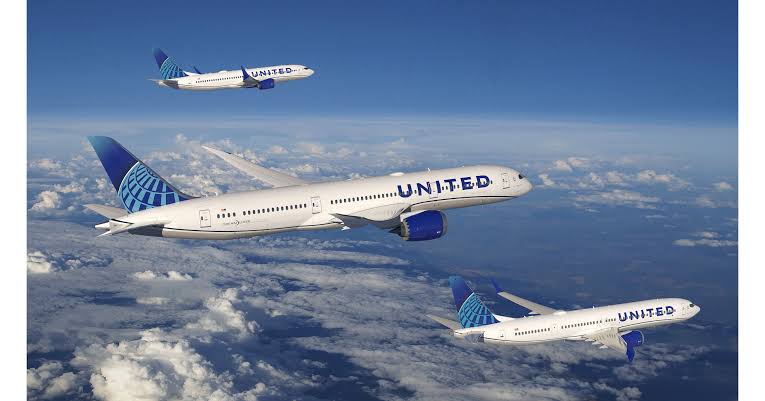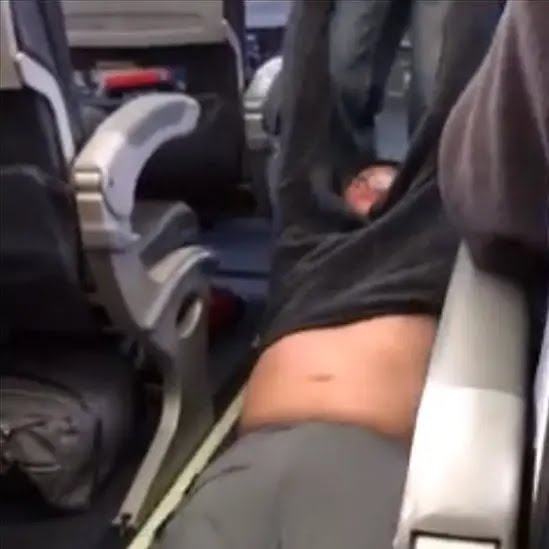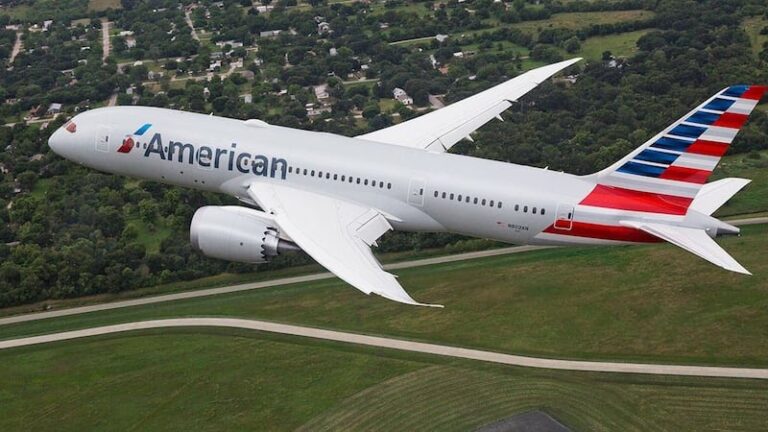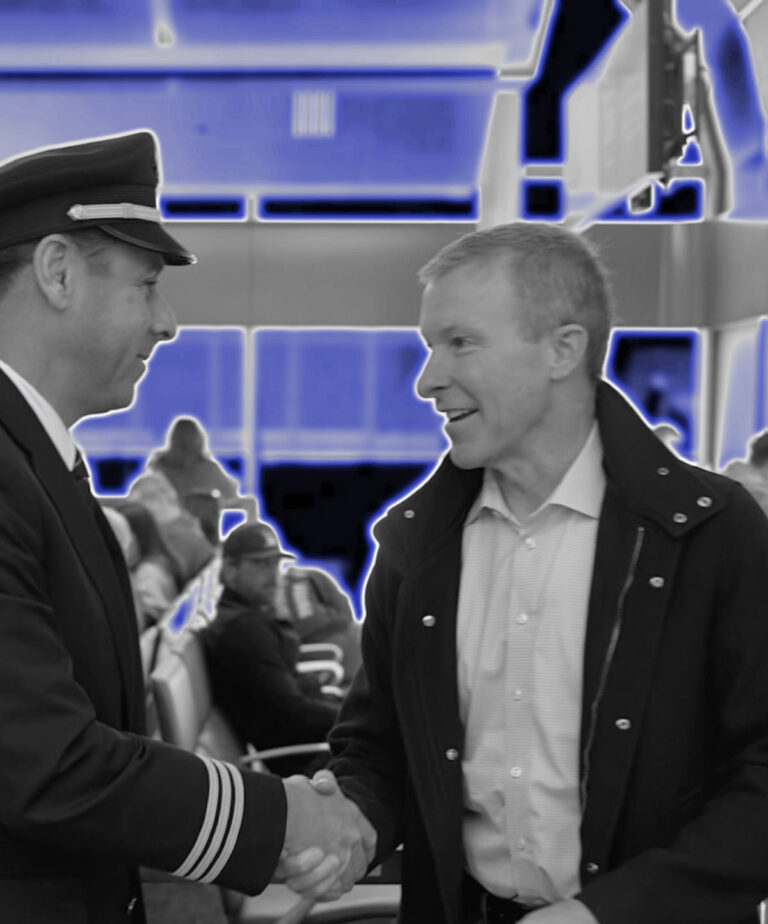How Labor Made US Airways, AMR Merger Happen
Labor played a key role in enabling the historic merger between US Airways and American, which will create the largest airline in the world
Subscribe
Sign In
BUSINESS
AEROSPACE & DEFENSE
How Labor Made US Airways, AMR Merger Happen
Ted Reed
Senior Contributor
Charlotte-based reporter Ted Reed covers airlines and airline labor.
Follow
Feb 14, 2013,02:06pm EST
Updated Feb 18, 2013, 06:24pm EST
This article is more than 10 years old.
DALLAS, TX – FEBRUARY 14: Thomas as Horton (…
DALLAS, TX – FEBRUARY 14: Thomas as Horton (L)[+]
Labor played a key role in enabling the historic merger between US Airways and American, which will create the largest airline in the world.
In fact, the turning point in the merger effort may have come on April 20, 2012 when US Airways said it had gathered support from American’s three major unions for its effort to merge with American. The deal was first reported by TheStreet. Union backing became the key underpinning for the US Airways merger effort, initially opposed by AMR management.
In putting together a 2005 merger between US Airways and America West and in pursuing mergers with Delta and United, “We learned it is important to have labor on board upfront, as much as possible,” said US Airways President Scott Kirby, in an interview Thursday. “(With) the historic partnership we have developed with labor, we will have 100,000 employees on day one all pulling in the same direction.” Virasb Vahidi, American’s chief commercial officer, added: “This is unprecedented, having all of the (American) unions n on board supporting the deal.”
he early movers included Dave Bates, the president of the Allied Pilots Association who spearheaded the merger effort but stepped down in August after pilots rejected a contract deal he had backed. Bates had met Kirby at an industry conference in early 2011. On November 29, 2011, American filed bankruptcy. Soon afterwards, US Airways began seeking support on Wall Street for a merger. American, meanwhile, “was seeking draconian cuts to the value of pilot careers,” Bates said, in a written summary of his role in facilitating the merger.
“Having no interest in following AMR’s script, I saw that it was clearly the time to go on the offensive,” Bates wrote. “I made the decision to reach out to US Airways.” In mid-March, a mutual friend arranged a secret meeting with Kirby in a small dining room in the Oceana restaurant in New York. Bates and Kirby agreed on most points and, in early April, an APA team headed to Phoenix for formal negotiations. It was “clear that US Airways has a superb management team (which is) decisive, works well together and knows how to run an airline,” Bates said.
The Transport Workers Union and the Association of Professional Flight Attendants were engaged in similar processes. APFA President Laura Glading attended every bankruptcy creditors committee meeting, building understanding of the process and relationships with participants. On March 19, she had her first meeting with Kirby in New York. “I was skeptical when I was first approached by the US Airways people,” she said. But in April AMR union leaders went to Tempe, Ariz., to meet with US Airways executives, and Glading saw the financial benefit a combination could bring. ”
“
I think this is a great day for American,” Glading said Thursday. “We worked really hard for this merger, and we never wavered in our support. I look forward to building a new American.”
TWU, meanwhile, knew the US Airways management team because it represented workers at both America West and US Airways, which merged in 2005. “The moment that Doug Parker expressed interest, TWU started having one-on-one conversations to find out how sincere he was about the kind of airline he wanted to create,” said a TWU spokesman. TWU President Jim Little “started work on a deal that was better than anything American was negotiating and we succeeded in getting a better deal,” the spokesman said.
Another key leader in making the deal work was Gary Hummel, president of the US Airline Pilots Association, which represents US Airways pilots. In April, Bates met with Hummel, who sought to ensure not only that the two unions worked together but also that a deal would occur and that US Airways pilots, who had worked for below industry scale since a 2004 bankruptcy, would be beneficiaries. Last week, US Airways pilots overwhelmingly approved a deal, shepherded by Hummel, which will bring them $1.6 billion in contract benefits retroactive to Feb. 8.
